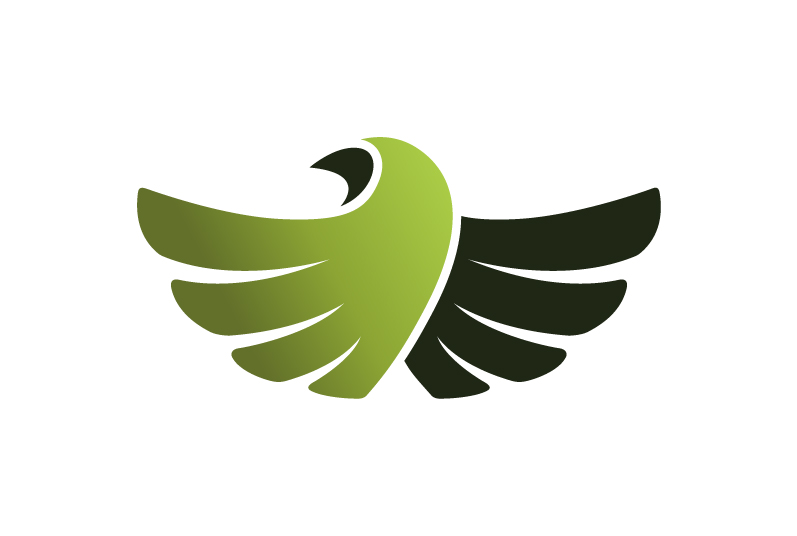Indian Head Massage
Introduction to Indian head massage
The Indian head massage that I practise is a wonderfully eclectic mix of Eastern and Western massage practises, incorporating techniques from ayurvedic massage, shiatsu and Swedish massage, which is why I love it! It has many effects and benefits, working at an emotional and physical level, but fundamentally it is a deeply relaxing treatment.
The history of Indian head massage
The ancient Sanskrit book of wisdom The Vedas is based on the concept that health and happiness are achieved when body, mind and spirit are in balance, and the three disciplines of ayurveda (body), yoga (mind) and tantra (spirit) aim to achieve that.
Ayurveda is a form of alternative medicine that uses practices focusing on the body (rather than the mind or spirit) to prevent ill health and treat disease. Indian head massage (also known as champissage) is one of the traditional ayurvedic techniques originating in India.
Indian head massage has traditionally been practised in the family setting in India, but it was introduced to the West in the 1970s by Narendra Mehta and has become a popular alternative therapy practised commercially in clinics, salons, spas and even shopping centres. Its popularity is in part due to the fact that the client remains fully clothed for the treatment, so it appeals to people who may be shy about undressing for other therapies and it is suitable for all (the very young, the elderly, pregnant women). Also, it does not require a specialised couch or other equipment, so can be performed anywhere.
The effects and benefits of Indian head massage
Effect: increase in blood flow to head, neck, shoulders and scalp
Benefits:
- improves circulation
- nourishes the tissues
- promotes removal of metabolic waste products
- promotes healthy hair growth
- encourages healing.
Effect: increase in flow of lymph in head, neck and shoulders
Benefits:
- aids elimination of waste
- reduces oedema
- stimulates immunity.
Effect: relaxes muscles and nerve fibres in head, neck and shoulders
Benefits:
- relieves muscle tension and fatigue
- increases flexibility
- improves posture
- relieves tension headache, aches and pains.
Effect: reduces spasm, restrictions and adhesions in muscle fibres in head, neck and shoulders
Benefits:
- relieves pain and discomfort
- improves joint mobility.
Effect: decreases inflammation
Benefit: relieves pain
Effect: decreases stimulation of sympathetic nervous system
Benefits:
- slows and deepens breathing
- slows heart rate
- reduces blood pressure
- reduces stress and anxiety.
Effect: activates parasympathetic nervous system
Benefits:
- encourages the body to relax
- promotes sleep.
Effect: relaxes and soothes tense eye muscles
Benefits:
- relieves tired eyes and eyestrain
- brightens eyes.
What to expect before, during & after an Indian head massage
Before
I will run through a few points with you before the treatment to make sure that it is safe to go ahead and to check whether any areas need particular attention or to be avoided. It is also your chance to ask any questions.
During
Indian head massage is usually conducted with the receiver seated, upper back and arms bared and a towel wrapped round the chest, but it can also be performed on a couch. The treatment is carried out in the following sequence: upper back, shoulders, upper arms, neck, scalp, ears and face. The techniques used include effleurage (soothing and stroking movements), petrissage (kneading and squeezing), tapotement (hacking ad tapping), friction (rubbing and ‘shampooing’), feathering (light finger pressure), stretching (of the neck), rotation (of the shoulder joint). I use a light oil suitable for the face. Some of the oil from my hands will get into your hair and it is best to leave it in for a few hours if you can to help condition the hair. The treatment takes 30 minutes, so is easier to fit into a busy schedule than some others.
After
As with other forms of massage, it is best to rest and relax after an Indian head massage to fully benefit from the effects. Drink plenty of water to help flush out any toxins that may have been released from the tissues. Eat lightly and healthily to reduce the strain on the body and promote healing, and avoid caffeine and alcohol for a few hours after.
You should feel rested and relaxed after an Indian head massage, but as with other treatments, you may temporarily experience a healing crisis such as:
- light headedness caused by a reduction in blood pressure
- tiredness, headache, sore muscles or nausea as a result of the release of toxins
- increased micturition and thirst due to stimulation of the circulation
- heightened emotional state resulting from work on the chakras.
I will talk about chakras and how they relate to Indian head massage in my blog next month. In the meantime, if you would like to try an Indian head massage and experience the benefits, do get in touch.

